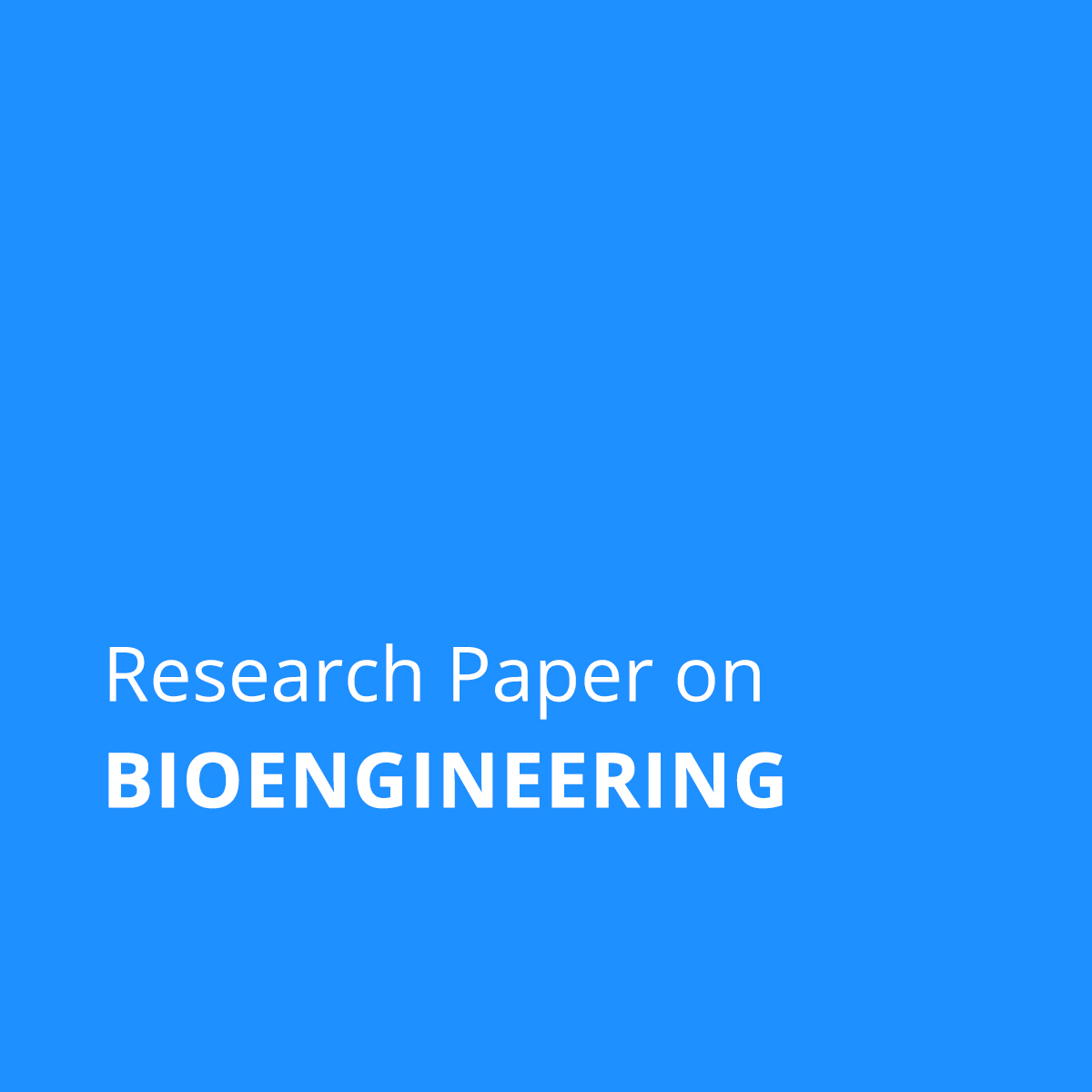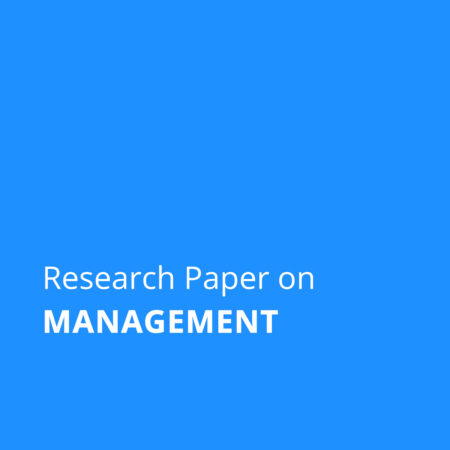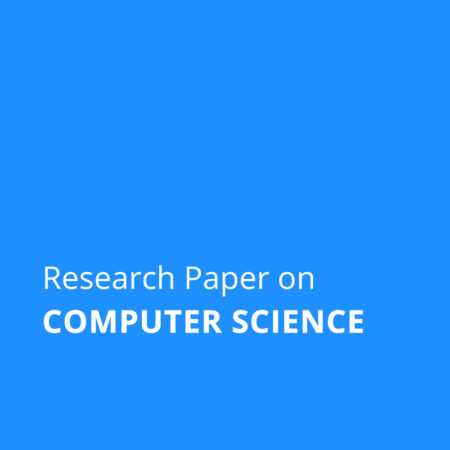Description
Title: Porcine bioprostheses that have been “humanized” in situ: Tendon bioprostheses that have been converted into the human ACL and potential implications for heart valve bioprostheses
Abstract: The first studies on the successful transformation of human tissue into porcine soft-tissue bioprostheses are described in this review. The implanted bioprosthesis is rebuilt using human cells and extracellular matrix while the porcine tissue gradually deteriorates, neovascularizes, and gradually degrades. In this study, the process of reconstruction is referred to as “humanization”. Porcine bonepatellar tendon bone (BTB) was used to humanize patients who had anterior cruciate ligament (ACL) tears. Then again It is suggested that this humanization process be investigated as a potential mechanism for converting implanted porcine bioprosthetic heart-valves (BHV) into functional tissue valves in young patients, in addition to its potential use in orthopedic surgery. These patients are currently only implanted mechanical heart valves, which necessitate ongoing anticoagulation treatment. Elimination of -gal epitopes and partial (incomplete) crosslinking with glutaraldehyde are two steps in the processing of porcine bioprostheses that enable humanization. Studies on the implantation of porcine BTB bioprostheses showed that the enzymatic removal of -gal epitopes prevents a natural anti-Gal antibody’s accelerated destruction of implanted tissues, whereas the partial crosslinking by glutaraldehyde molecules results in their function as “speed bumps” that slow the infiltration of macrophages. Implanted bioprostheses that contain anti-non-gal antibodies against porcine antigens draw in macrophages, whose rapid infiltration promotes neo-vascularization, fibroblast infiltration, and slow degradation of the porcine tissue. These fibroblasts attach to the scaffold made of porcine collagen fibers, secrete their own collagen fibers and extracellular matrix (ECM), and gradually replace the porcine tissues that have been broken down by macrophages with autologous functional viable tissue. Within two years, porcine BTB implanted in patients has fully humanized into autologous ACL. Due to the similarity of the cells and ECM that make up heart valves and tendons, it is possible that porcine heart valves (BHV) that are being processed similarly could also be transformed into human heart valves, producing autologous, viable, permanently functional, non-calcifying heart valves.
Keywords: heart valve bioprosthesis; anterior cruciate ligament reconstruction; porcine tendon bioprosthesis; anti-Gal antibody; anti-non gal antibody; α-gal epitope; α-galactosidase;
bioprosthesis humanization
Paper Quality: SCOPUS / Web of Science Level Research Paper
Subject: Bioengineering
Writer Experience: 20+ Years
Plagiarism Report: Turnitin Plagiarism Report will be less than 10%
Restriction: Only one author may purchase a single paper. The paper will then indicate that it is out of stock.
What will I get after the purchase?
A turnitin plagiarism report of less than 10% in a pdf file and a full research paper in a word document.
In case you have any questions related to this research paper, please feel free to call/ WhatsApp on +919726999915



Reviews
There are no reviews yet.